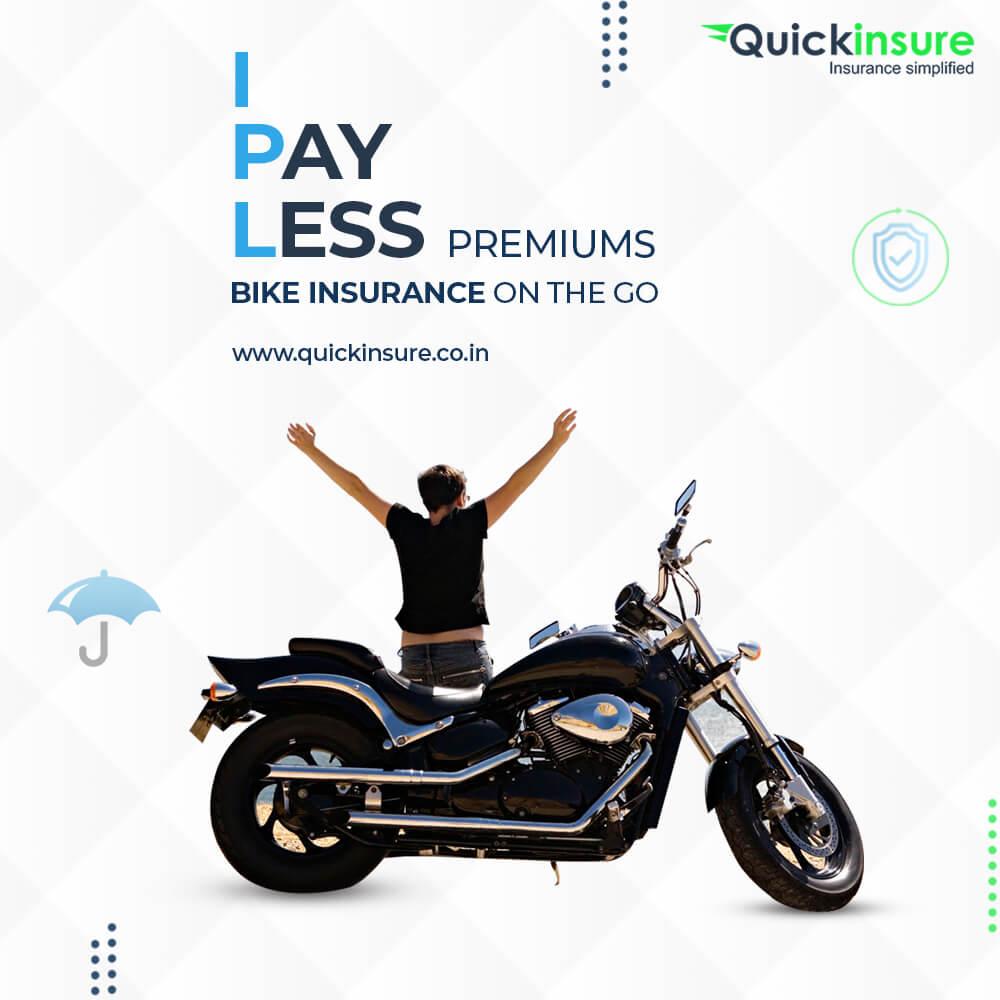As two-wheeler ownership continues to surge in India, it becomes imperative for riders to protect their valuable assets with comprehensive insurance coverage. Two-wheeler insurance provides financial security in case of accidents, theft, or damage to your vehicle. However, with numerous insurance providers and policies available in the market, it can be challenging to determine which one offers the best value for money. We will delve into the intricacies of bike insurance prices in India, comparing various factors that influence premiums, and helping you make an informed decision.
Understanding Two-Wheeler Insurance Policies:
Before we embark on the comparison, it is essential to grasp the basic types of two wheeler insurance policies available in India. They can be broadly categorized into two types:
1. Third-Party Insurance: This is the minimum coverage required by law in India. It provides financial protection against any damages caused to a third party, including bodily injury or property damage, resulting from an accident involving your two-wheeler.
2. Comprehensive Insurance: This policy offers a wider coverage scope, protecting not only third-party liabilities but also covering damages to your own vehicle in case of accidents, theft, fire, natural calamities, or vandalism.
Factors Affecting Two-Wheeler Insurance Prices:
1. IDV (Insured Declared Value): The IDV represents the current market value of your two-wheeler and forms the basis for calculating the premium. Higher IDV leads to higher premiums, as it indicates increased financial liability for the insurer in case of a claim.
2. Cubic Capacity (CC): The engine capacity of your two-wheeler significantly impacts the premium amount. Bikes with higher CC typically have higher premiums, as they are more powerful and may be at a higher risk of accidents or theft.
3. Geographical Location: Insurance premiums are influenced by the location where the two-wheeler is registered. Metropolitan cities usually have higher premiums due to increased traffic density and theft risks, whereas rural areas generally have lower premiums.
4. Rider's Age and Experience: Younger riders or individuals with less riding experience are perceived to be riskier by insurers, resulting in higher premiums. Older riders with a clean riding record often enjoy lower premium rates.
5. No Claim Bonus (NCB): Insurance companies offer NCB as a reward for claim-free years. NCB can significantly reduce your premium during bike insurance renewal, incentivizing safe riding habits.
Comparing Two-Wheeler Insurance Providers:
1. Premium Comparison: Several insurance companies offer two-wheeler insurance policies in India, including nationalized and private insurers. Conducting thorough research and comparing premium rates across multiple providers can help you find the most cost-effective option without compromising coverage.
2. Policy Inclusions and Exclusions: While comparing prices, it is essential to consider the coverage and add-ons provided by each insurer. Some insurers offer additional benefits like personal accident cover, roadside assistance, zero depreciation, and coverage for pillion riders. Understanding these inclusions and exclusions can help you determine the true value of the policy.
3. Claim Settlement Ratio: The claim settlement ratio indicates the insurer's reliability and efficiency in settling claims. It is advisable to choose an insurance provider with a high claim settlement ratio to ensure a smooth claims process in case of any unfortunate incidents.
Online Aggregators and Comparison Portals:
To simplify the process of comparing two-wheeler insurance prices, several online aggregators and comparison portals like Quickinsure have emerged. These platforms allow you to compare policies from multiple insurers, helping you find the most affordable option that meets your specific requirements. Additionally, they provide detailed information about policy features, customer reviews, and claim settlement ratios.
